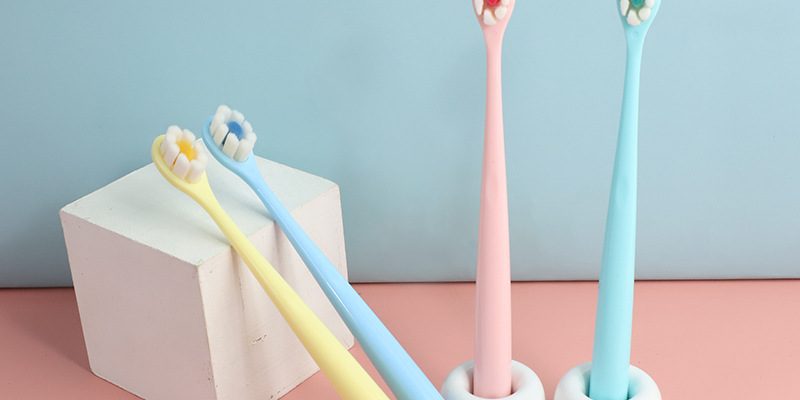Introduction
The battle against plastic pollution requires reevaluating everyday choices, including our dental care routines. Plastic toothbrushes, innocuous at first glance, contribute to the global plastic crisis. This blog unravels the environmental impact of plastic toothbrushes and introduces sustainable alternatives that champion a cleaner planet.
Unmasking the Environmental Impact
Plastic toothbrushes embody the hidden toll of convenience. Their production entails resource consumption, and their disposal contributes to overflowing landfills and polluted oceans. The persistent presence of plastics harms ecosystems, endangering marine life and even affecting human health.
An Era of Sustainable Alternatives
- Bamboo Triumph: Bamboo toothbrushes shine as a beacon of sustainability. Bamboo is renewable, grows quickly, and requires minimal resources. Seek brushes with compostable bristles to maximize the eco-friendliness.
- Recycled Plastic Revival: Toothbrushes made from recycled plastics provide a second life to discarded materials. By embracing these alternatives, you participate in reducing plastic waste and the demand for new plastic production.
- Electrifying Change: Electric toothbrushes with replaceable heads curtail plastic waste. Prioritize models with sustainable materials and energy-efficient charging methods.
Embarking on the Transition
Transitioning to sustainable toothbrushes is a small yet impactful step toward a cleaner world. Research, compare options, and select a product that resonates with your commitment to sustainability.
Holistic Approach to Eco-Friendly Oral Care
The journey towards sustainability extends beyond toothbrushes. Eco-friendly toothpaste, floss, and mouthwash alternatives complement your efforts, creating a comprehensive approach to oral hygiene.
Conclusion
The battle against plastic pollution calls for collective action, driven by individual choices. By choosing sustainable toothbrush alternatives, you contribute to a cleaner, healthier planet. Transform your daily oral care routine into a statement of environmental responsibility, showcasing the harmony between personal well-being and ecological preservation.







